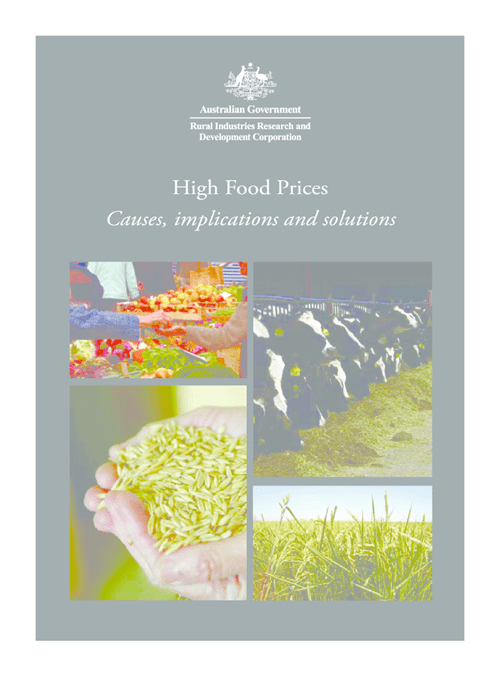The rapid rise in food prices has caught the world’s attention. It has been labelled a ‘silent tsunami’ by The Economist magazine (2008) because of the series of sharp rises in the nominal price of the world’s most consumed food commodities. In the past 18 months, the world price of rice has tripled, maize increased by two-thirds and wheat has doubled. Grain is a major input into meat and diary production and these prices have also risen significantly. For example, the price of butter from New Zealand — one of the world’s major exporters — has more than doubled in price over the last year. Some of these price rises are shown in charts 1 and 2. In nominal terms, the price of food and other key commodities are at their highest level in over three decades.
In this paper the underlying causes of these trends are analysed by examining the changes in demand and supply in agricultural markets. The implications of these changes are assessed, and policy solutions to ensure that food supplies are adequate, produced at least cost and reliable, are discussed.





